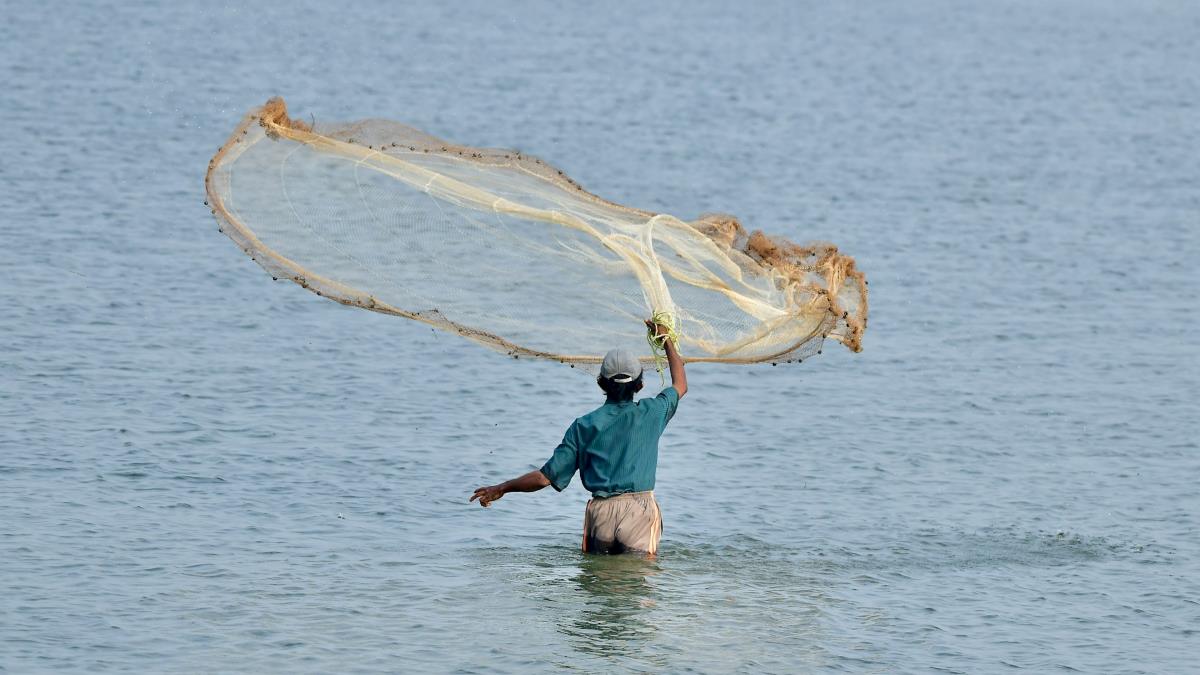Fishing has been an integral part of Indian culture and livelihood for centuries. Across the diverse landscapes of India, fishing practices and tools have evolved, reflecting the ingenuity and adaptability of coastal and river communities. One of the most significant tools in this evolution has been the fishing net, a simple yet essential device that has seen remarkable transformations over time.
Historical Significance of Fishing Nets
The history of fishing nets in India is rich and varied. Traditional fishing nets, often handcrafted from natural fibers like cotton and jute, were meticulously woven to suit specific fishing environments. In the southern state of Kerala, for instance, the iconic Chinese fishing nets, known locally as “Cheena Vala,” are a testament to the ancient maritime trade links between India and China. These massive, cantilevered nets are still in use today, symbolizing the blend of tradition and practicality.
Types of Traditional Fishing Nets
India’s diverse geography has given rise to various types of traditional fishing nets, each designed to cater to specific fishing needs:
- Cast Nets (Patti Vala): Popular in Kerala and other coastal regions, these nets are thrown by hand and are ideal for catching small fish in shallow waters.
- Gill Nets (Koodu Vala): Used widely in inland waters and coastal areas, gill nets are set vertically in the water column, allowing fish to swim into them and get caught by their gills.
- Seine Nets (Pathayam Vala): Employed in both freshwater and marine environments, seine nets are used to encircle fish and draw them toward the shore or a boat.
Modern Advancements in Fishing Nets
With technological advancements, fishing nets have undergone significant changes. The introduction of synthetic materials like nylon and polyethylene has revolutionized the fishing industry. These materials are more durable, resistant to rot, and offer better performance compared to traditional natural fibers.
Modern fishing nets are designed to be more efficient and sustainable. Innovations such as knotless nets reduce the risk of injury to fish, promoting a more humane approach to fishing. Additionally, advanced net designs help minimize bycatch, ensuring that non-target species are less likely to be caught inadvertently.
Environmental Considerations
As the fishing industry evolves, so does the awareness of its environmental impact. Sustainable fishing practices are becoming increasingly important to preserve marine ecosystems. Modern fishing nets are now designed with environmental considerations in mind, aiming to reduce the negative effects on aquatic habitats.
Efforts are being made to develop biodegradable fishing nets that decompose naturally, reducing plastic pollution in oceans and waterways. These eco-friendly nets offer a promising solution to the growing problem of marine litter, ensuring that fishing remains a sustainable practice for future generations.
The Future of Fishing Nets in India
The evolution of fishing nets in India is a testament to the resilience and adaptability of its fishing communities. As technology continues to advance, the future of fishing nets looks promising, with a focus on sustainability and efficiency.
Ongoing research and development aim to create nets that are not only more effective but also environmentally friendly. By combining traditional knowledge with modern innovation, India’s fishing industry can continue to thrive while safeguarding the health of its precious marine and freshwater ecosystems.
Conclusion
The journey of fishing nets in India, from traditional handwoven fibers to advanced synthetic materials, reflects the dynamic nature of the country’s fishing industry. As we move forward, embracing sustainable practices and innovative technologies will be key to ensuring that fishing remains a vital and responsible part of India’s cultural and economic fabric.
By understanding and appreciating the evolution of fishing nets, we can better support the communities that depend on fishing and contribute to the preservation of our natural resources.
Photo by Rohan Solankurkar on Unsplash




